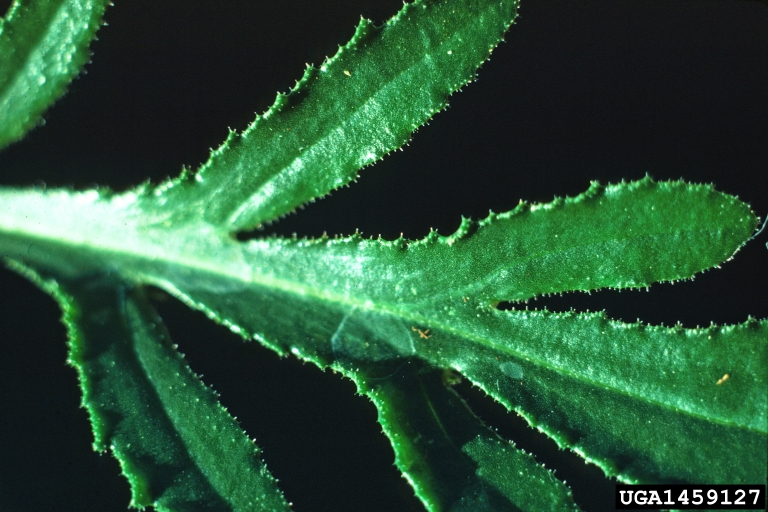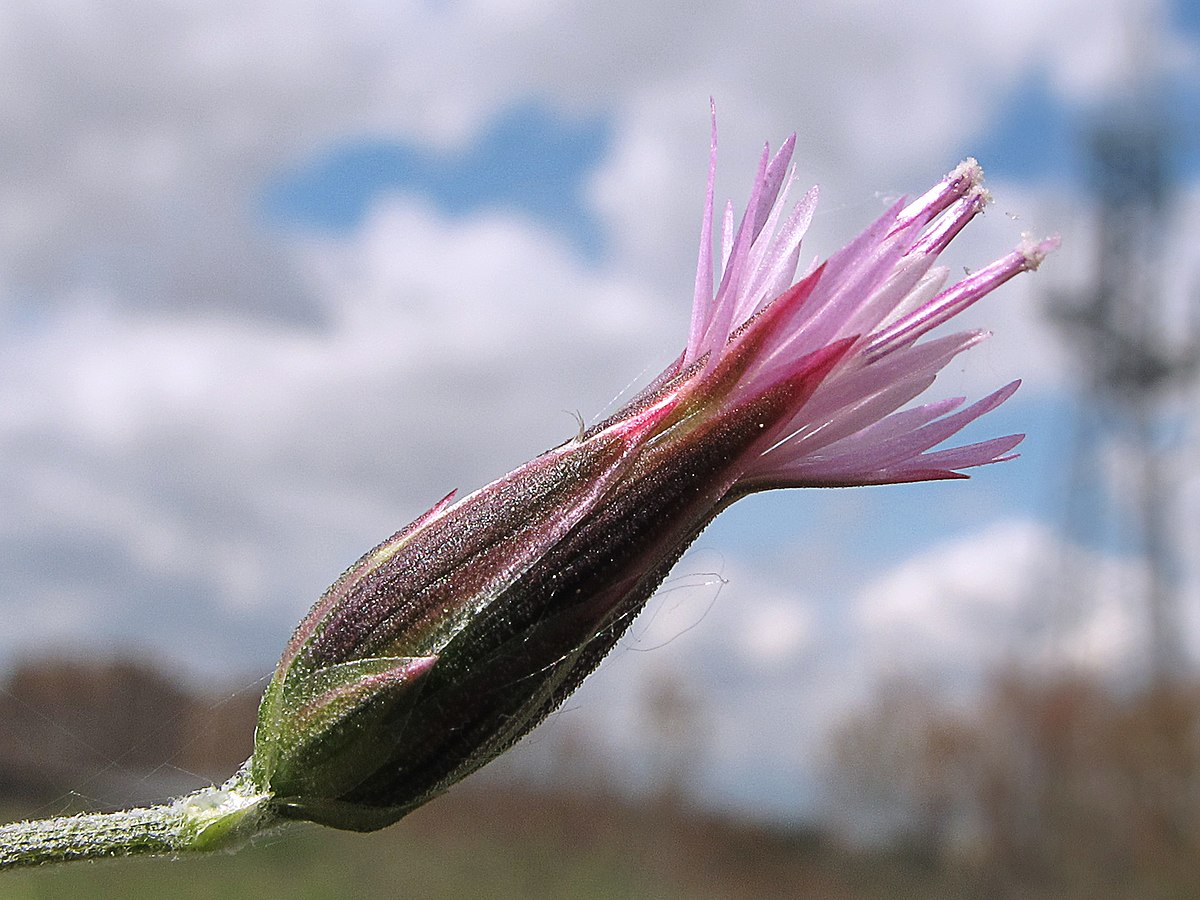Common Crupina

Common Crupina
(Crupina vulgaris)
Priority: - Prevent / EDRR
Tags: Agricultural
Identification and Reproduction
Identification:
- Common crupina is a flowering plant that grows up to 1 m tall.
- It forms from a slender ridged stem that openly branched near the upper portion of its stem.
- The basal leaves are toothed, rough-haired surfaces and cauline (very dissected).
- Flowering in May and June it produces flowerheads that are clustered on the stem. Flowers are thin and vase-shaped ranging from lavender to purple in colour.
Reproduction:
- This plant reproduces by seed.
Habitat & Ecology
- Commonly found in pastures, grassland, rangelands, hay fields, forest edges, riparian areas, roadsides, railroads and other disturbed sites.
- Currently not found in BC but is found in the north western portion of the USA.
Impacts
Social:
- Will contaminate hay and reduce pasture potential.
- Common crupina will also displace livestock forage plants.
Ecological:
- Will displace native vegetation and suppress their growth.
- Can form dense stands that can increase erosion.
- Decreases community biodiversity since it is very agressive and competitive.
Management
Prevention is a high priority for this plant.
- Use clean seed, hay, grain and straw.
- Monitor sites such aspastures and disturbed areas for common crupina.
- Maintain consistent crop cover in fields to reduce the chance of introduction.
- Contact the Canadian Food Inspection Agency (CFIA) if you think you have seen this plant.
Resources
For more information on how to identify this Weed Seed, check out the Canadian Food Inspection Agency's datasheet on Common crupina (Crupina vulgaris).
Header photo (USDA APHIS PPQ Archive).




